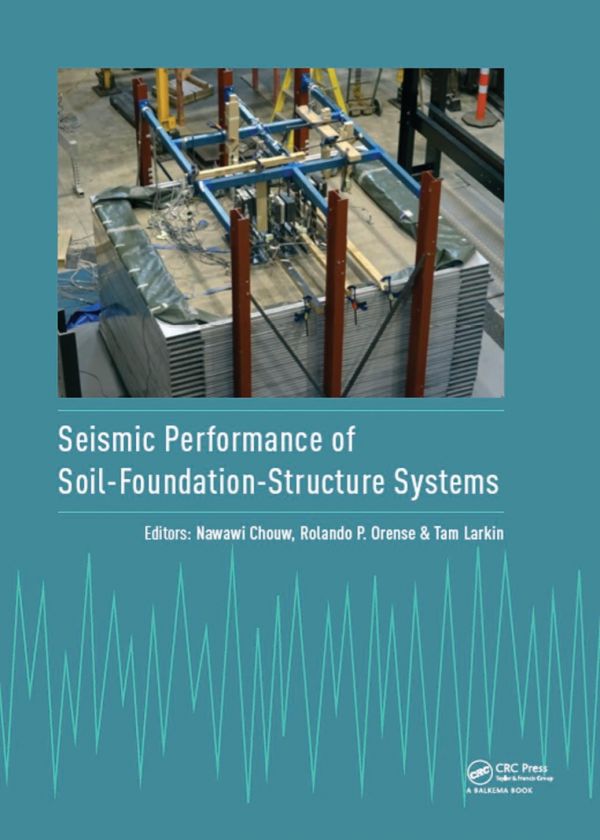

Most ebook files are in PDF format, so you can easily read them using various software such as Foxit Reader or directly on the Google Chrome browser.
Some ebook files are released by publishers in other formats such as .awz, .mobi, .epub, .fb2, etc. You may need to install specific software to read these formats on mobile/PC, such as Calibre.
Please read the tutorial at this link: https://ebookbell.com/faq
We offer FREE conversion to the popular formats you request; however, this may take some time. Therefore, right after payment, please email us, and we will try to provide the service as quickly as possible.
For some exceptional file formats or broken links (if any), please refrain from opening any disputes. Instead, email us first, and we will try to assist within a maximum of 6 hours.
EbookBell Team

4.0
86 reviewsSeismic Performance of Soil-Foundation-Structure Systems presents invited papers presented at the international workshop (University of Auckland, New Zealand, 21-22 November 2016).
This international workshop brought together outstanding work in earthquake engineering that embraces a holistic consideration of soilfoundation-structure systems. For example, the diversity of papers in this volume is represented by contributions from the fields of shallow foundation in liquefiable soil, spatially distributed lifelines, bridges, clustered structures (see photo on front cover), sea floor seismic motion, multi-axial ground excitation, deep foundations, soil-foundation-structurefluid interaction, liquefaction-induced settlement and uplift with SFSI.
A fundamental knowledge gap is manifested by the isolated manner geotechnical and structural engineers work. A holistic consideration of soil-foundation-structures systems is only possible if civil engineers work collaboratively to the mutual benefit of all disciplines. Another gap occurs by the retarded application of up-to-date research findings in engineering design practices. Seismic Performance of Soil-Foundation-Structure Systems is the outcome from the recognized need to close this gap, since it has been observed that a considerable delay exists between published research findings and application of the principles revealed by the research.
Seismic Performance of Soil-Foundation-Structure Systems will be helpful in developing more understanding of the complex nature of responses these systems present under strong earthquakes, and will assist engineers in closing the gaps identified above.